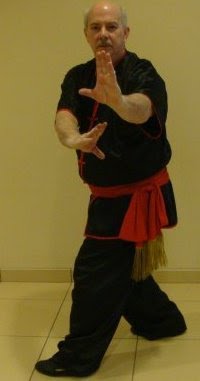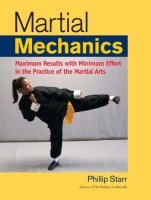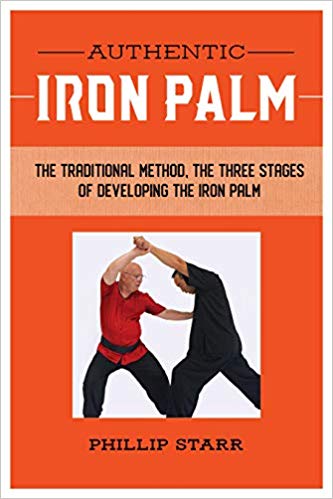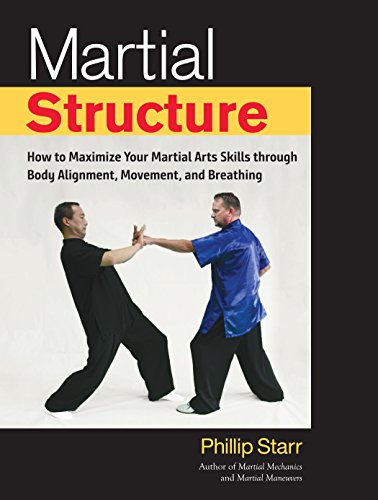By Phillip
Starr
I once
read a statement made by a popular martial arts teacher that said he
hoped that his art would continue to grow and change with the times.
That made me sit back and wonder if he really understood the
implications of his words. And what, exactly, is meant by “changing
with the times?”
As
citizens of the 21st
century, we like to think of ourselves as being fairly contemporary
and “forward thinking.” Certainly, as our world becomes more
modernized, many industries have found it essential to “change with
the times.” We need only glance at modern medicine, the car
industry, and state-of-the-art computer technology to understand the
need and subsequent demand for what is “new and improved.”
Of
course, we all know that just because something is labeled as being
“new and improved” doesn't necessarily mean that it's good for
you or for the environment. Oftentimes, what seemed like a good idea
at the time sows the seeds of a disastrous future. This is certainly
true of the martial disciplines that we practice.
On the
sporting side of these arts, we've seen many changes over the years.
I remember when the first hand and foot pads were introduced and I
warned everyone that using these “new and improved” devices would
ultimately result in a deterioration of our arts. No one listened.
The results are now painfully obvious; real technique has, for the
most part, been tossed by the wayside and a tap on the head is now
scored as an effective “point.” Competitors have no real notion
of what “control” means and the (combative) concept of distance
has been all but completely obfuscated.
On the
more practical side, we've seen some fairly dramatic changes. There
are those who insist on training in military-style camouflage attire,
complete with combat boots. They regard the traditional training
uniform as old-fashioned and unrealistic. There are many who, being
unable to “read the books” (understand the forms) that are used
in the art(s) in which they have trained, throw them out the window
and refer to them as being little more than “dances” or forms of
exercise.
“Times
change”, they tell us. “So, the martial arts must change with
them.” I agree that times change. The first part of such a
statement is silly. OF COURSE times change! So, I would ask just
what they mean when they say that “times change.” Are they
inferring that people fight differently now than they did several
hundred years ago? I doubt the validity of such a statement; none of
us can really answer that question because we weren't plodding around
this planet back then. Yes, I agree that the advent of the firearm
certainly changed the situation to some degree but a number of
well-qualified martial arts instructors have developed effective
defensive maneuvers that can be employed against these kinds of
weapons. Knives and bludgeons haven't changed much, nor have fists
and feet.
I
believe that the martial ways are just as valid today as they were
several millennia ago. Sure, we've made some improvements in
training equipment (although some of the older versions are actually
superior to their more modernized cousins). We've improved teaching
and training routines; back in the old days, students often learned
by rote. They simply imitated the movements of their instructors
without the benefits of being provided many of the small details and
being permitted to ask questions. But is there a need to change the
techniques and the traditional forms? I don't think so. Not at all.
They
work just as well now as they ever did. They've survived the test of
time; just because something is old doesn't means that it needs to be
changed.














